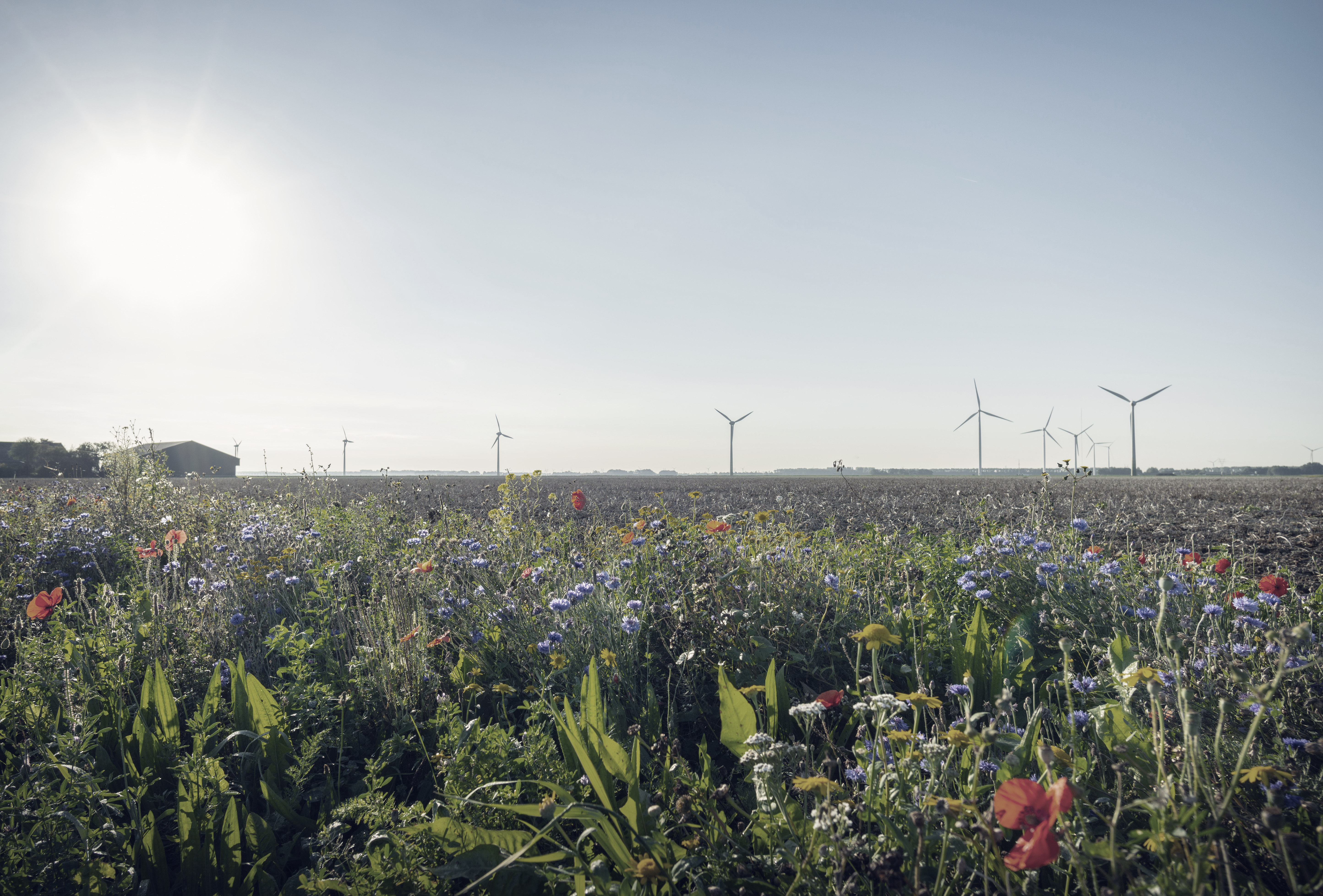Why SFDR is Important for You as an Investor
As an investor, SFDR (Sustainable Finance Disclosure Regulation) provides you with valuable benefits that strengthen your investment decisions:
Transparency: SFDR ensures that you receive clear information about how your investments impact the environment and society. No more guesswork about how "green" your investments really are.
Comparability: With standardized categories (Article 6, 8, and 9), you can easily compare different investment products across providers and choose the level of sustainability that matches your values.
Protection against greenwashing: SFDR's strict disclosure requirements reduce the risk of financial products appearing more sustainable than they actually are. You can make decisions based on facts rather than marketing.
Risk management: By requiring information about sustainability risks, SFDR helps you identify investments that may be vulnerable to climate change, social conflicts, or poor corporate governance.
Value alignment: SFDR makes it easier to invest in accordance with your personal values and sustainability goals, whether you want to focus on environmental issues, social matters, or both. With SFDR, you as an investor gain better tools to make informed decisions that can not only provide financial returns but also positive effects for the planet and society.







